Written by the late Randy V. Urlanda for the predecessor of this news portal in June 2020
More than a decade ago, a former mayor of a big town in Mindoro, who requested anonymity, showed me a big black and white map of the island taken by a remote sensing satellite. The entire island is black. The mayor, who invited me to do a story on his town’s tourism potentials, told me that the dark color means that Mindoro is rich in untapped gold, nickel, and other mineral resources.
Remote sensing is the process of detecting or monitoring the physical characteristics of an area by measuring its reflected and emitted radiation at a distance from a satellite whose cameras take images of large areas on the Earth’s surface.
To the Spaniard colonists, Mindoro was called Mina de Oro (Mine of Gold), while to some Chinese scholars, it was Ma-I (country north of Borneo). Despite its relatively untapped nickel (one of the largest deposits in the world) and gold resources, Oriental Mindoro has a 25-year moratorium until 2026 against big scale mining operations filed by the Provincial Government in 2000.
The resolution aims to preserve and protect the beautiful island of Mindoro, known as habitat of endemic flora and fauna species, and for being recognized as one of the Philippines’ fruit baskets—feeding millions not only in MIMAROPA (grouping of island provinces of Mindoro, Marinduque, Romblon and Palawan in Southern Tagalog Region), but also in the nearby metropolis, provinces and cities.
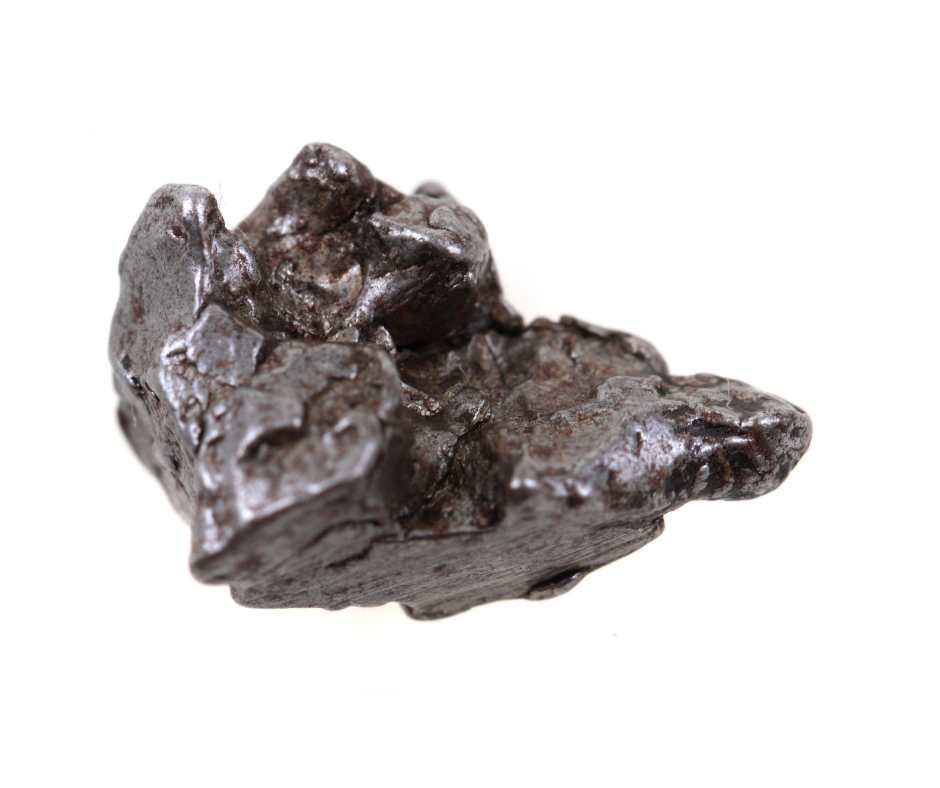
Rather than digging 1000 feet below the ground to extract mineral ores and destroy the environment, all the islanders have to do is look around the beautiful arable land around them. This is where the adage that if you throw a seed on the ground, it will grow and flourish on its own runs true.
Oriental Mindoro’s total agricultural area is 169,603.34 hectares. For 2019, the province has been one of the top producers of rice for the National Food Authority (NFA)’s rice procurement target. For that, the agriculturally progressive eastern half of the island is also known as the “Rice Granary” and “Fruit Basket” of the Southern Tagalog Region.
Aside from being a top producer of rice, it also produces large quantities of corn, coconut, vegetables, and fruits like calamansi (Philippine lime), banana, rambutan, marang, lanzones, and durian.
Because of the province’s bountiful agricultural resources, it aims to be a “preferred agri-ecotourism destination in MIMAROPA by 2025. Half a million local and foreign tourists visited Oriental Mindoro in 2018. Now, it aims for an increase of two million by 2025.In an effort to boost tourism in the province’s 14 municipalities, the Provincial Tourism, Investment and Enterprise Development Office (PTIECO) launched the “Biyaheng Oriental Mindoro Project,” a tour package with a variety of activities ranging from cultural heritage to agri-tourism sites. To the uninitiated, Oriental Mindoro lies 45 kilometers south of Batangas and 140 kilometers south of Manila.
May farm resorts or farm tourism gems have sprouted in the province in the last few years, but the most popular one is the 15-hectare Gabutero Organic Farm in Bongabong. The Gabutero Organic Farm is the only certified and the largest organic rice farm in the Philippines.
On May 16, 2016, then President Aquino signed Republic Act 10816, or the Farm Tourism Development Act. Under the law, a Farm Tourism Development Board shall be established to formulate plans and programs for the development and promotion of farm tourism in the country and shall set the overall direction for the implementation of the Farm Tourism Strategy Action Plan. There are now more than a hundred accredited and non-accredited farm tourism sites in the Philippines, ranging from small, medium, and large ones.
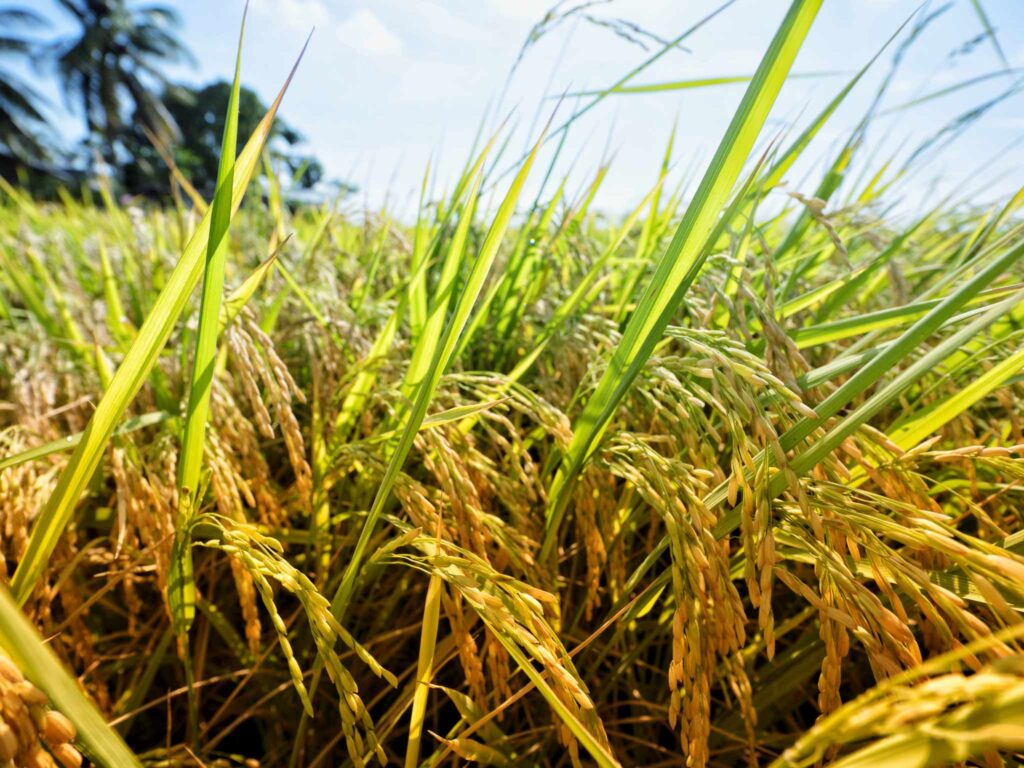
In a statement, the Southeast Asian Regional Center for Graduate Study and Research in Agriculture (SEARCA) said the Philippines is now side by side with other agro-tourism sites all over the world including Taiwan, Hawaii and California in the US, Tuscany in Italy, Mallorca in Spain, and Brazil in South America.
Agri-tourism can help transform an existing farm using conventional methods raising crops to shift to organic farming to make the site more attractive to visitors. It would be hard for its visitors to appreciate the sight of farmers spraying chemicals on crops. Therefore, it is safe to say that the most viable agro-tourism site should have organic farm production as its major activity because more and more people are becoming aware of the need for “green” thinking and sustainability.
Agriculture is a vital sector in the Philippines because it plays a significant role in the Philippine economy, involving about 40 per cent of Filipino workers that contributes an average of 20 per cent of the Gross Domestic Product. The neglect of the agricultural sector and uneven distribution of resources worsen the poverty situation in rural areas.
Dr. Mina T. Gabor, president of the International School of Sustainable Tourism (ISST) said Philippine farm destinations had opened up from North to South with destination ranging from a tiny 20-square-meter mushroom production venture to a vast vegetable farm developed exclusively to eggplants to orchards and vineyards where visitors can pick fresh fruits for a fee.
Gabor, a former secretary of the Department of Tourism, said farm tourism is not only helping increase farmers’ income, but is also drawing back to the farm many young people who had turned their backs on the families’ traditional means of livelihood. She said farmers’ children usually take care of the business side of farm tourism like marketing, financial management, and other administrative responsibilities. Traditional farmers, Gabor continued, price their produce without including the cost of their labor, one reason why their income is low.
With their children in charge of the financial aspect of the business, the price of the produce has become more realistic as labor cost is now being factored by the young farm managers. They also employ new technologies and use social media to increase their farms’ appeal to tourists and to promote them as travel destinations.
Aside from being the biggest rice producer in Southern Tagalog, Oriental Mindoro has 2.9 million calamansi trees in a cluster of farms in towns around Calapan City, the gateway to the province. The province is the largest producer of this green sour fruit in the Philippines. As we all know, our meals won’t be complete without calamansi.
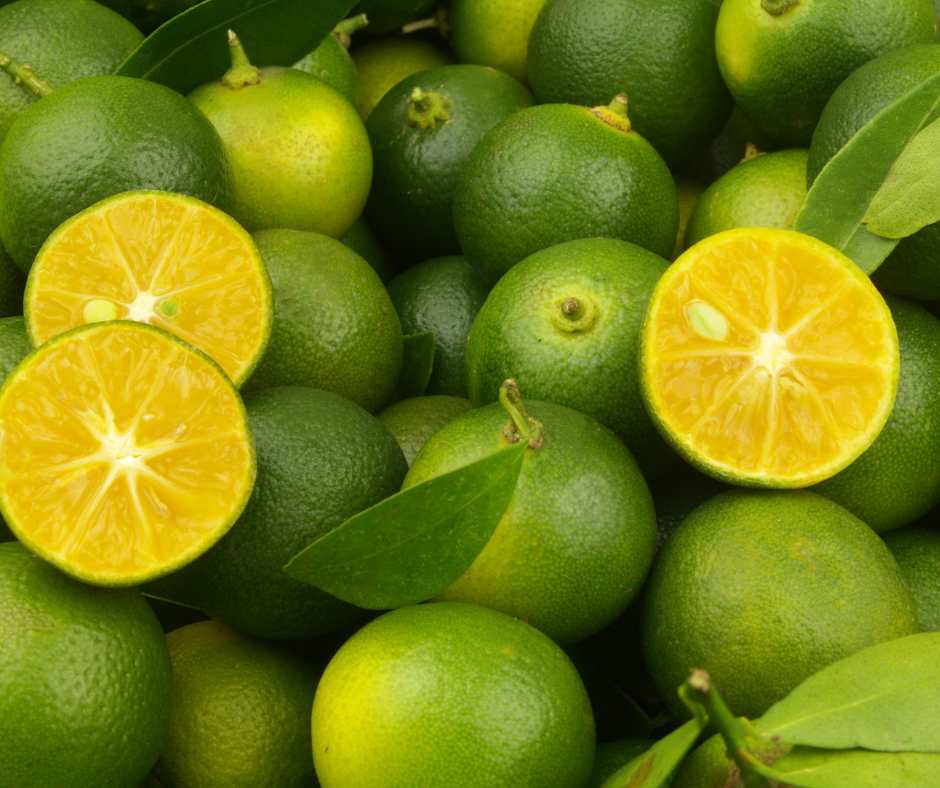
Calamansi is used as a condiment in pancit canton, arroz caldo, chicken inasal, and inihaw na baboy. Calamansi is a basic sawsawan (Filipino dip), combined with soy sauce or patis. Almost three million of these trees are distributed in farms in Calapan, Naujan, Victoria, Socorro, and Pola. The Department of Agriculture identified calamansi as “one of the most important crops grown in the Philippines.” In 2018, the province’s calamansi output was about 113.6 thousand metric tons worth P2.5 billion.
Oriental Mindoro is the top producer of calamansi, accounting for 99 percent of the MIMAROPA calamansi output, or 59 percent of the national requirement. In 2012, it produced 7,325 metric tons per hectare. A calamansi trading center will soon rise in Oriental Mindoro.
The center is one of the two pilot initiatives by SEARCA in the Philippines to promote agricultural and rural development. Located in the town of Victoria, the project is in partnership with the Mindoro State College of Agriculture and Technology and the Victoria local government unit.
Calamansi is primarily grown for its juice extracts, which are exported to the US, Japan, South Korea, Canada, and Hong Kong, among others. The Philippines exports between 160,000 and 190,000 metric tons of calamansi juice each year.
Now that farm tourism is the “in” thing in attracting tourists to rural destinations, Romel F. Bernardo, CEO of the Pinamalayan, Oriental Mindoro-based Bernardo Creative Ventures, purchased six years ago a 15-hectare woodland, coconut farm, a big patch of camuros, an upland red rice along the mountain slope, its golden grains glistening in the noonday sun, and citrus orchard that offer a panoramic view of the town proper and the tranquil Tablas Strait and its islands. Romel, more popularly called “Direk” by friends and relatives having worked for 15 years as a successful broadcast media executive in both the GMA and ABS-CBN, plans to transform it into a farm-based tourist destination that will be dubbed “Rancho Bernardo.”
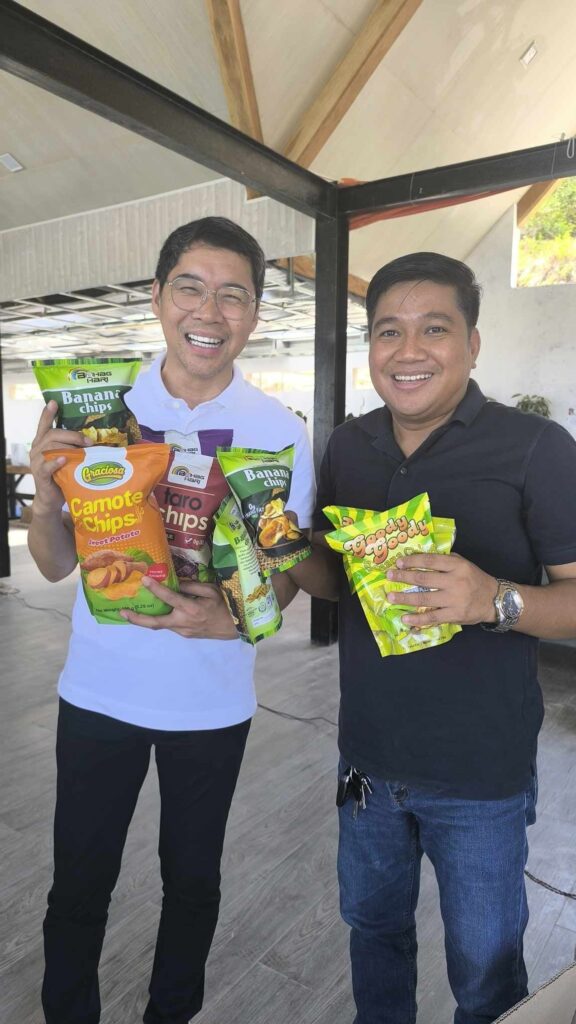



Direk’s farm straddles the foothills of a rolling ridge in Barangay Rosario in Pinamalayan, a first-class town in the province 70 kilometers south of Calapan City. Estimated to be finished late 2024, Rancho Bernardo, complete with an American style two story ranch house where guests could dine and rest would be an amazing addition to Oriental Mindoros’ growing list of agri-tourism destinations.
With the advent of agri-tourism in the province’s rural areas, and with the help of the government, the dire prediction that its agricultural areas would be neglected would be reversed. Instead, it would be revitalized and boost the income of agri-tourism site workers and farm owners.

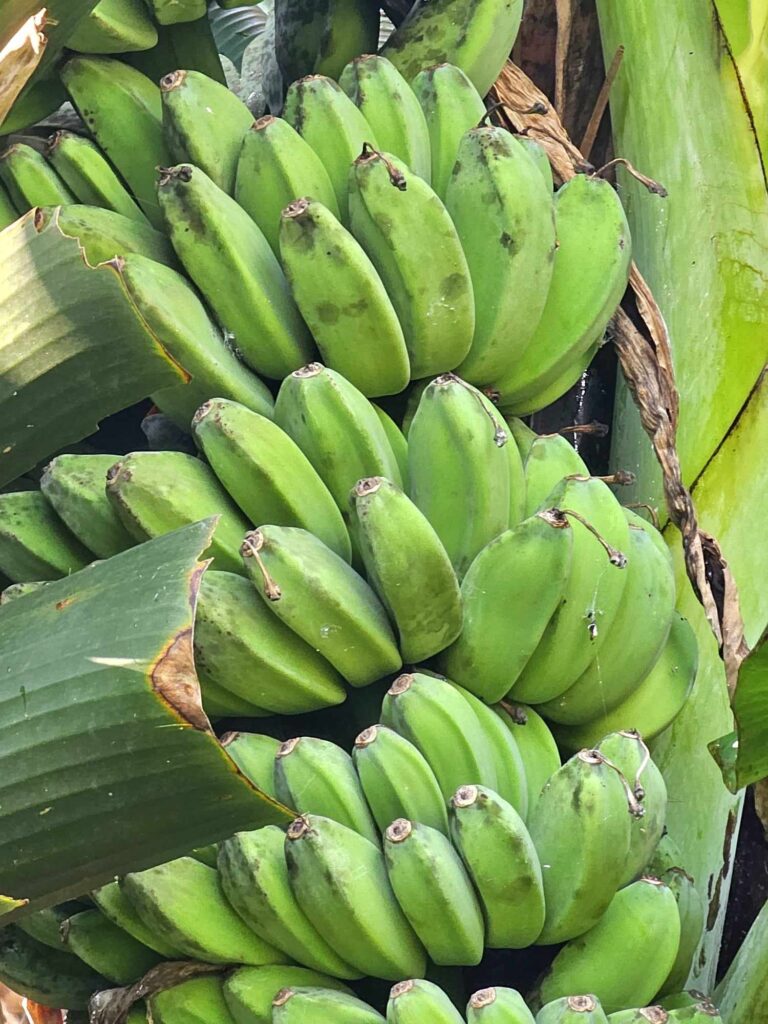
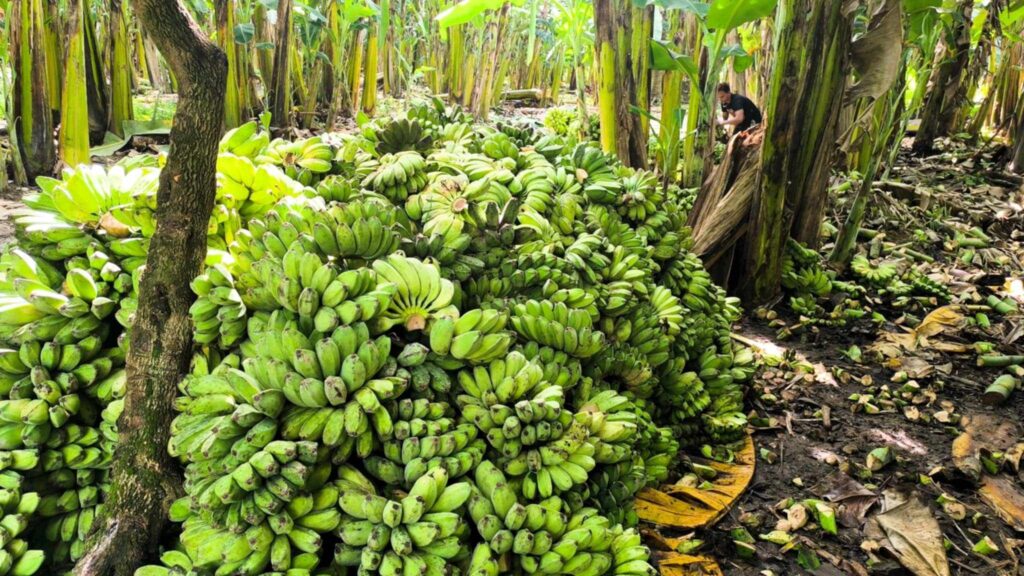
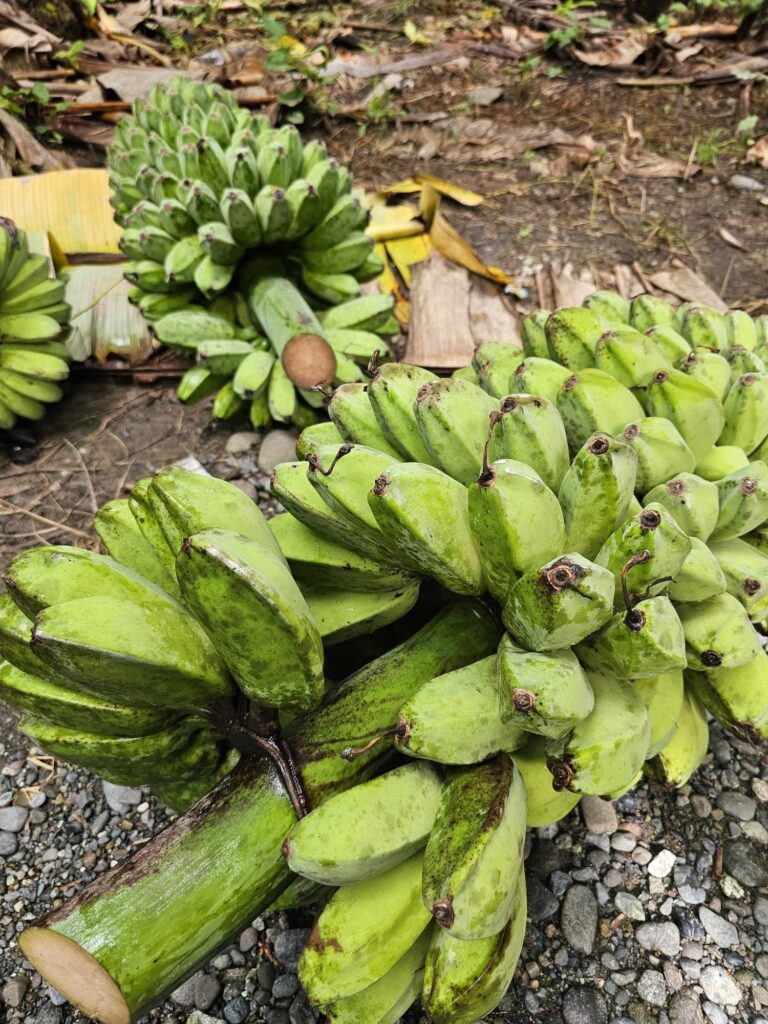
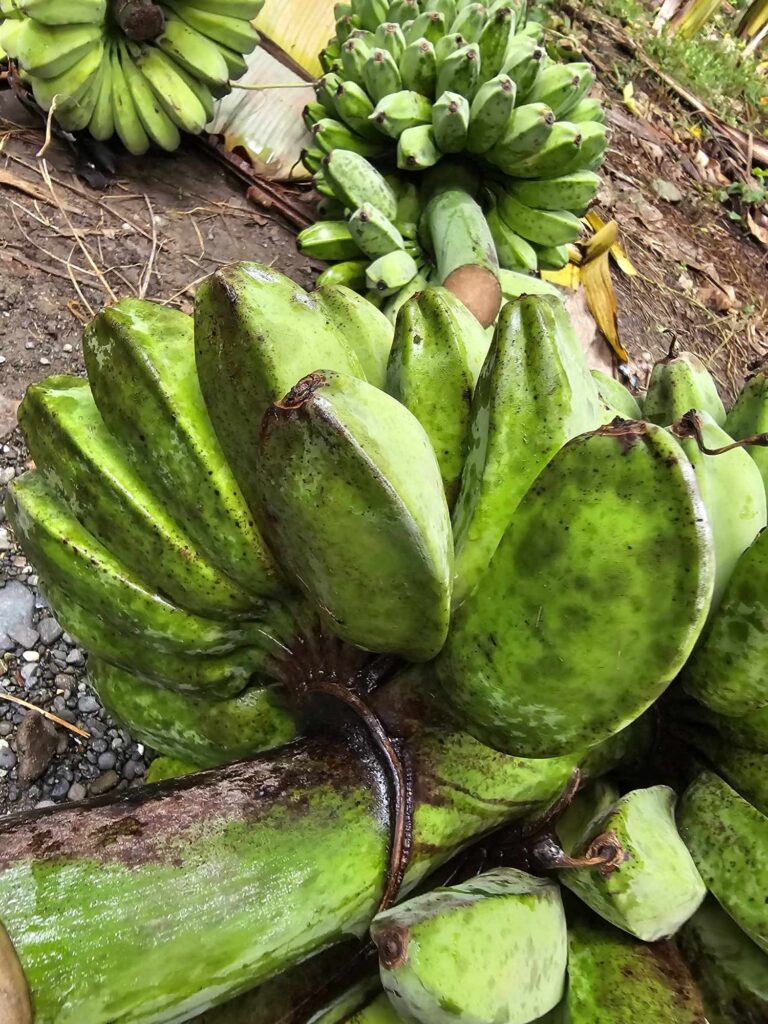
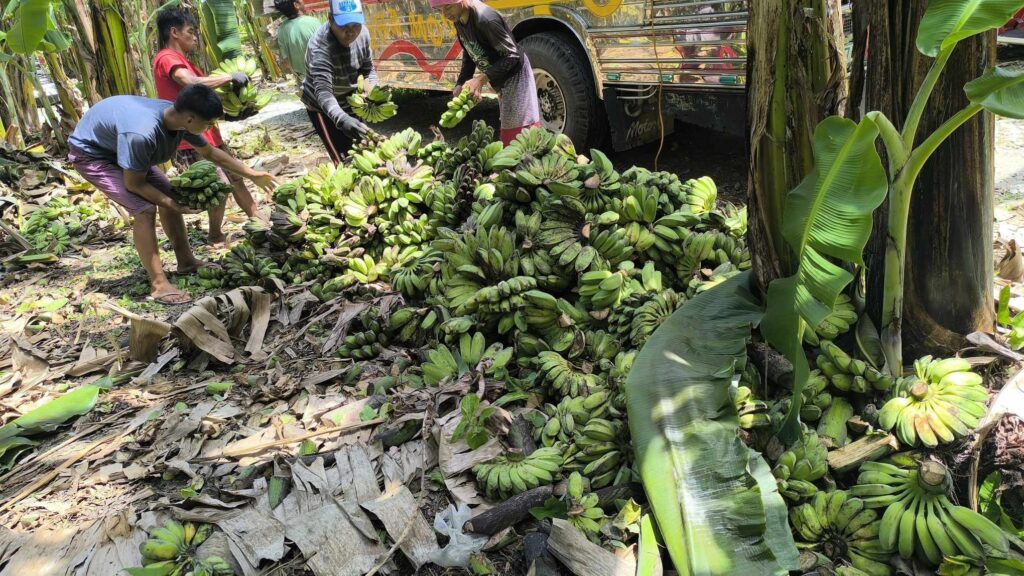
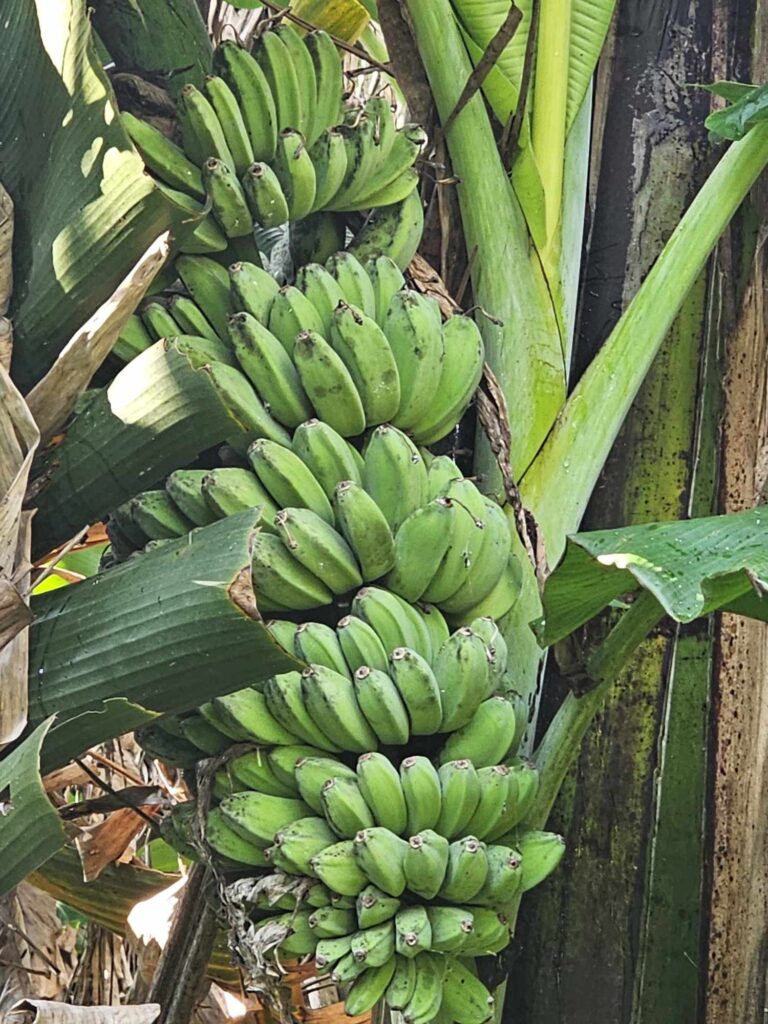
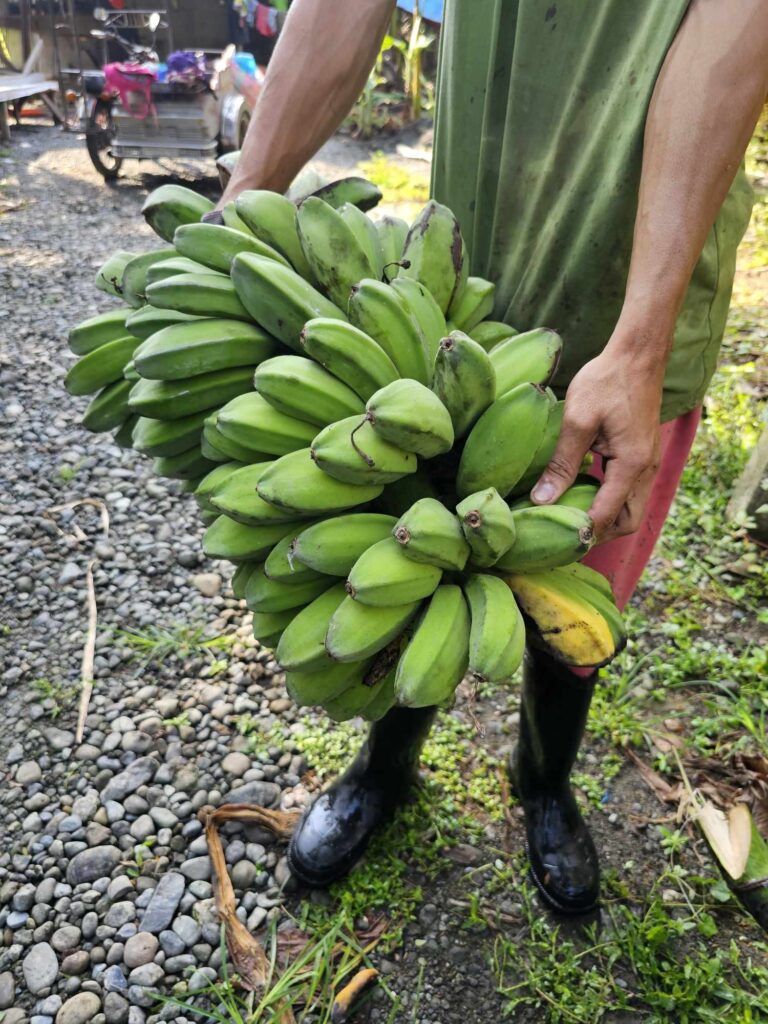
The growing interest of many people to partake of organically grown crops cooked right after their harvest in the farm, and share that same experience with their immediate families has aroused their curiosity to know how crops are produced and livestock is raised. So has farm tourism sites began to flourish.
I am sure that if a photo of Mindoro is taken now by a remote sensing satellite, it won’t be black anymore, but emerald green due to Oriental Mindoro’s successful environment preservation and its flourishing agri-tourism ventures.









Write Your Comment